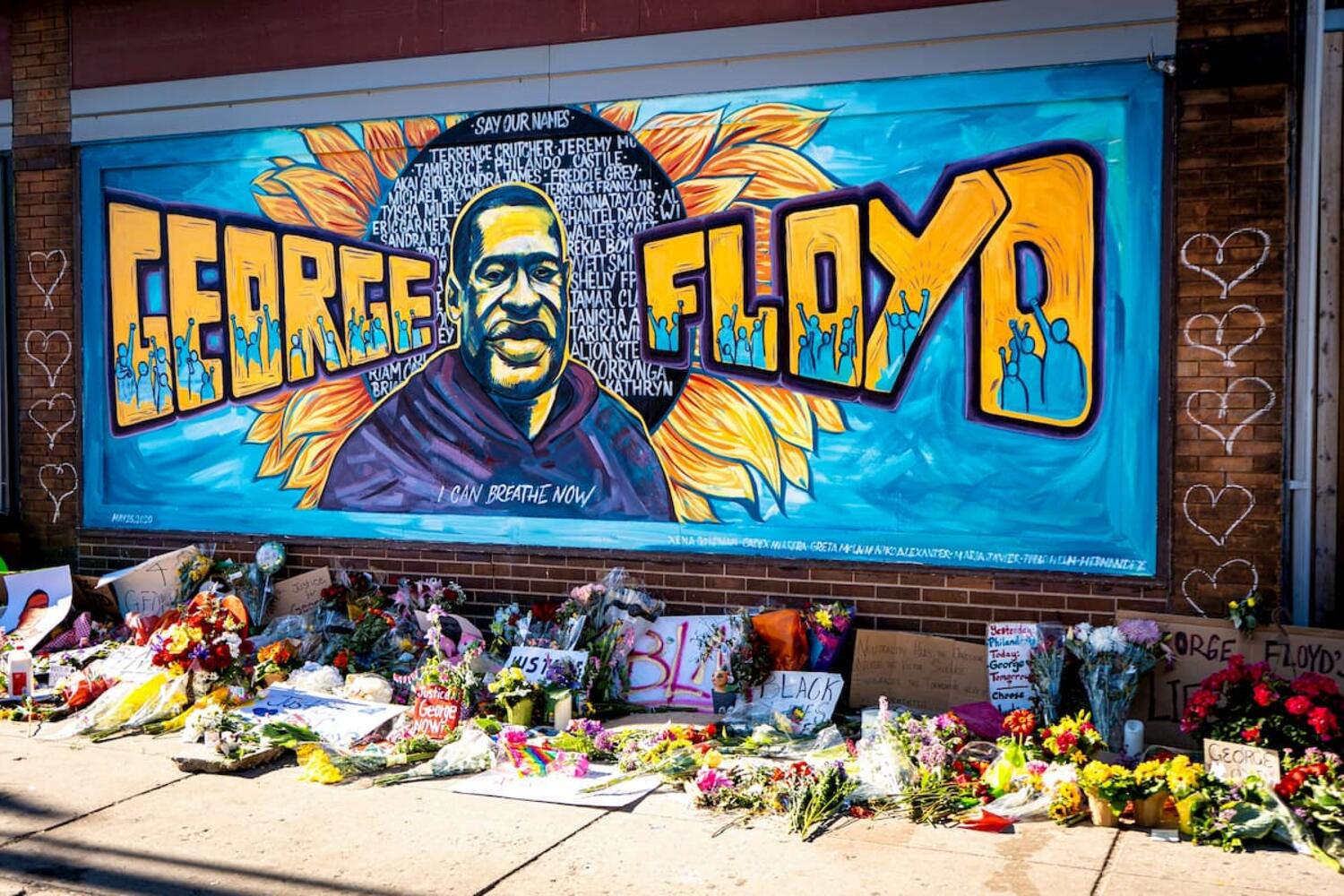DEIB, Diversity & Inclusion, Employee Experience, Women in the Workplace
Disparity in pay adds up, but leaders can commit to tackling these inequalities in their workplace.
On average, women in the United States earn only 82 cents for every dollar that a man earns, based on 2020 U.S. Census data.
Although an 18-cent pay gap might not sound like a lot, it adds up quickly. When it comes to housing, that gap equates to eight months of mortgage payments, according to a 2021 Bankrate article, and 18 months of car payments, according to 2021 Experian research.
It also equals 88% of yearly health care costs, as the Centers for Medicare & Medicaid Services reports, and 92% of yearly food costs for a family of four, according to June of 2021 data from the U.S. Department of Agriculture.
And throughout an entire 40-year career, based on Lean In research, this pay gap can mean more than a million dollars in lost income. These gaps are real, and they impact real people, every day.
At UKG, its purpose is people. As a leading human resources (HR), payroll, and workforce management provider that pays millions of employees around the world and across organizations of all sizes and industries, as well as a top workplace for women and diversity, UKG feels it’s critical to push for change on this pervasive issue.
As a result, the company launched its “Close the Gap” initiative, a multimillion-dollar pay equity campaign aimed at resolving pay disparities that continue to significantly impact today’s workforce among men, women, and underrepresented groups.
Although UKG is making significant strides in closing these gaps, it cannot be a unilateral move. Organizations everywhere need to join UKG in this fight.
How to support the fight for pay equity
Eliminating pay disparities takes time, effort, and financial commitment. There are several key steps organizations can take to realize pay equity in
their workforces.
According to Kate Bischoff, an employment attorney and advisory board member at The Workforce Institute at UKG, companies can start by conducting an audit to establish a baseline for employees’ compensations and then by scheduling annual audits to help companies stay on track toward their goals.
Also, organizations should be sure to secure buy-in from leadership, says Bischoff. “Set the philosophy—[such as] we pay 75% to market rate for all positions—and mean it.”
When establishing value to job positions, organizations must think about the roles themselves and not the people in them.
“Candidates’ salary histories are not relevant to setting their [current] compensations,” says Bischoff. “Only how the organization values the position is necessary to determine compensation and how that value fits in the market.”
And when thinking about pay equity, companies need to consider all forms of compensation employees may earn, including any bonuses and commissions, which Bischoff says are still pay and must factor into analysis in order to achieve true pay equity across the organization.
Leaders must also think about the many ways smart technology can assist in their organizations’ efforts.
“Tackling pay equity is actually a great opportunity to partner human and machine talent in a technology-driven, ‘human in the loop’ process,” says Alexandra Levit, author of Humanity Works: Merging Technologies and People for the Workforce of the Future.
“It’s well-known that artificial intelligence (A.I.) algorithms can assist in setting pay in a way that eliminates subjectivity and removes bias," she says. "However, given how closely managerial input on performance reviews is tied to pay, for instance, we cannot remove people from the equation and are more likely to achieve greater pay equity if we leverage both resources.”
What UKG is doing to help close the pay gap
As part of its campaign to achieve pay equity, UKG is contributing 18 cents for every employee paid each year to charity via a UKG payroll solution—amounting to a $3 million investment in the vital programs and initiatives that support the fight to close the pay gap.
UKG is also partnering with four nonprofits that are focused on bringing greater access to education, career, opportunity, and pay equity to women, especially women of color, and other traditionally underrepresented groups: Grantmakers for Girls of Color, Lean In, 9to5, and Reboot Representation.
“It’s well-known that artificial intelligence (A.I.) algorithms can assist in setting pay in a way that eliminates subjectivity and removes bias.” - Alexandra Levit, author of “Humanity Works: Merging Technologies and People for the Workforce of the Future”
In this fight together
Closing the pay gap is a major endeavor, one that may seem overwhelming or nearly impossible at times. But it doesn’t have to be done alone.
Partnering with a leading HR and payroll technology provider like UKG can help streamline the overall process and provide greater insight into a company’s progress at every step.
Moreover, the UKG product suite helps mitigate potential bias and imbalances when analyzing pay disparities, reviewing pay-shortage results, and addressing other mission-critical details. UKG solutions and services are uniquely built with an inherent focus on people.
It’s time for change
Change is long overdue. Join UKG to work to close the pay gap. Together, organizations can help ensure pay equity for all people—for good.
To learn more about how to help in the fight for pay equity—including access to additional resources, such as articles, infographics, and webinars—visit the UKG Pay Equity Resource Center.
This article was created in partnership with FORTUNE Brand Studio.
Subscribe
Learn how to create an award-winning company culture. Subscribe to the Great Place To Work® company culture newsletter and join 100,000+ other leaders learning how to create a great place to work.










